NASA’s Transiting Exoplanet Survey Satellite ( TESS ) has discovered a world between the sizes of Mars and Earth orbiting a bright, cool, nearby star. The planet, called L 98-59b, marks the tiniest discovered by TESS to date.
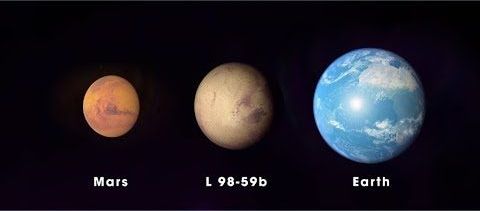

NASA’s Transiting Exoplanet Survey Satellite ( TESS ) has discovered a world between the sizes of Mars and Earth orbiting a bright, cool, nearby star. The planet, called L 98-59b, marks the tiniest discovered by TESS to date.
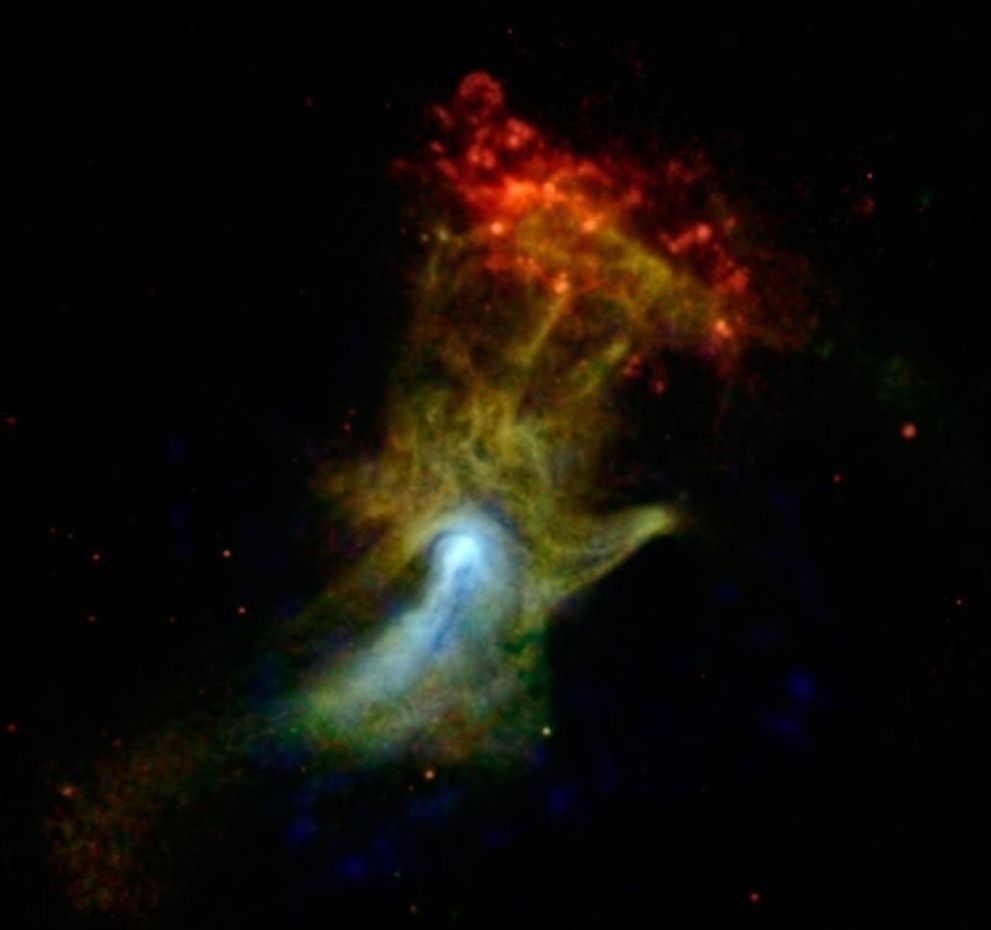
Science cannot prove the existence of God, but it cannot disprove God either; it can only disprove the notion of a specific, poorly conceived God. If you claim that your God lives in the clouds, you can disprove that God by simply observing the clouds. If you claim that God lives in our Universe, you can disprove that God by observing the entire Universe. But if your God exists in an extra dimension, before cosmic inflation, or outside of space and time altogether, neither proof nor disproof is possible.
In a fundamental way, it is purely a matter of what your faith is. All we can control, at the end of the day, is how we treat one another. Do we welcome those who believe different things than we do into our hearts, communities, and lives? Or do we shun, exclude, and “other” them?
Regardless of what you believe, I have the same advice for you: choose kindness. It costs nothing, while benefitting the giver, the recipient, and those who simply witness it. Whether you say that God made us or not, I would say the same thing: the wonders and joys of science and the Universe are for you, exactly as you are, too.

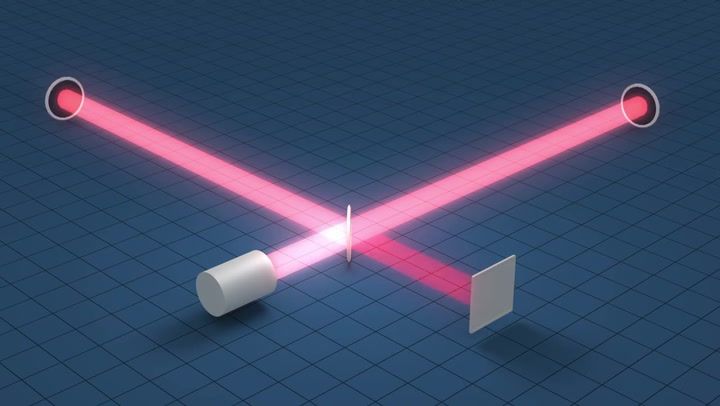
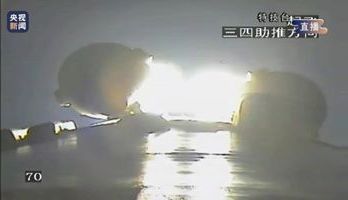
The third launch of China’s heavy-lift Long March 5 rocket successfully delivered its satellite payload to orbit Friday, validating engine design changes after a failure on the Long March 5’s second flight, and clearing the way for the launch of a Chinese Mars rover and lunar sample return mission in 2020.
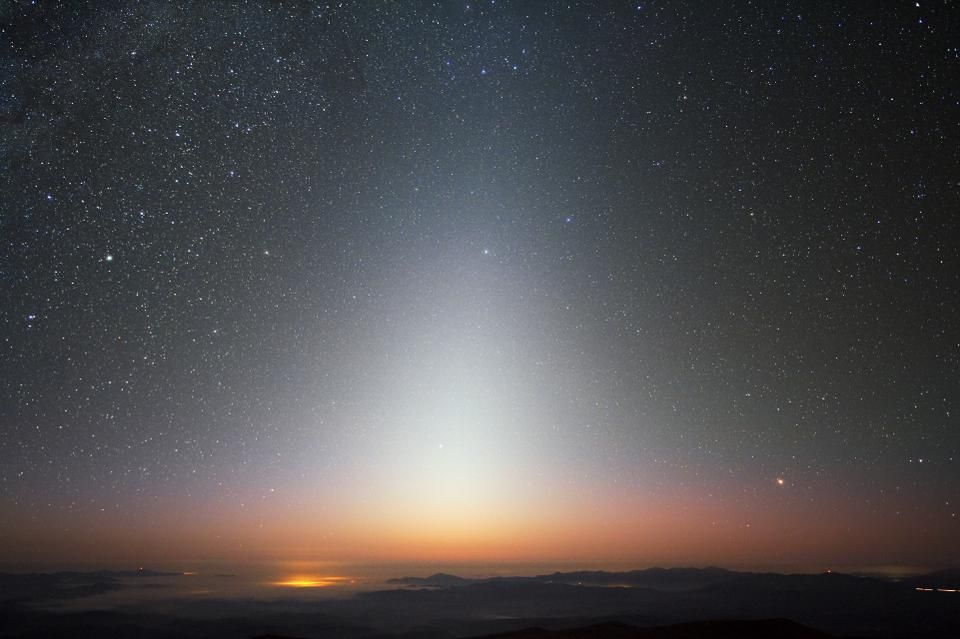

Moon’s southern pole will be a good spot for an observatory that together with space-based telescopes help find dangerous asteroids. Russia plans to build one as part of an ambitious lunar base project.
Conquering the moon is on the Russian space agency’s to-do list for the not-so-distant future. Roscosmos is currently working on a comprehensive plan that the Russian government wants to see before allocating any money for it. Part of a permanent Russian base envisioned on the Moon will be given to an observatory that will serve as part of a “global system for tracking asteroid and comet threats,” a senior Roscosmos official said in a recent interview.
“The location selected for the base is southern pole of the moon. It has favorable relief and conditions: enough light for solar panels, constantly shadowed craters with ice reserves for fuel and raw material,” Aleksandr Bloshenko explained.
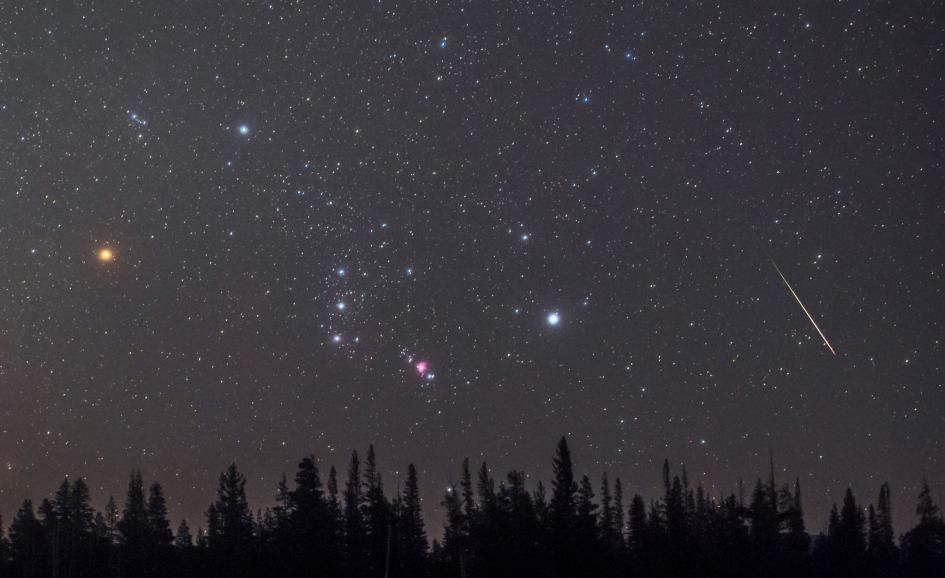
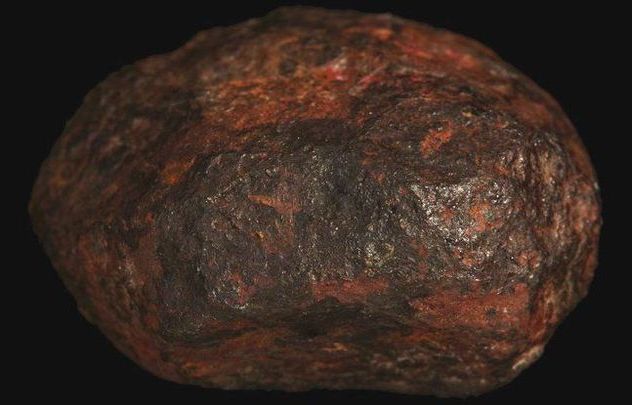
It was found along the side of a road in a remote Australian gold rush town. In the old days, Wedderburn was a hotspot for prospectors – it occasionally still is – but nobody there had ever seen a nugget quite like this one.
The Wedderburn meteorite, found just north-east of the town in 1951, was a small 210-gram chunk of strange-looking space rock that fell out of the sky. For decades, scientists have been trying to decipher its secrets, and researchers just decoded another.
In a study published in August this year, led by Caltech mineralogist Chi Ma, scientists analysed the Wedderburn meteorite and verified the first natural occurrence of what they call ‘edscottite’: a rare form of iron-carbide mineral that’s never been found in nature.
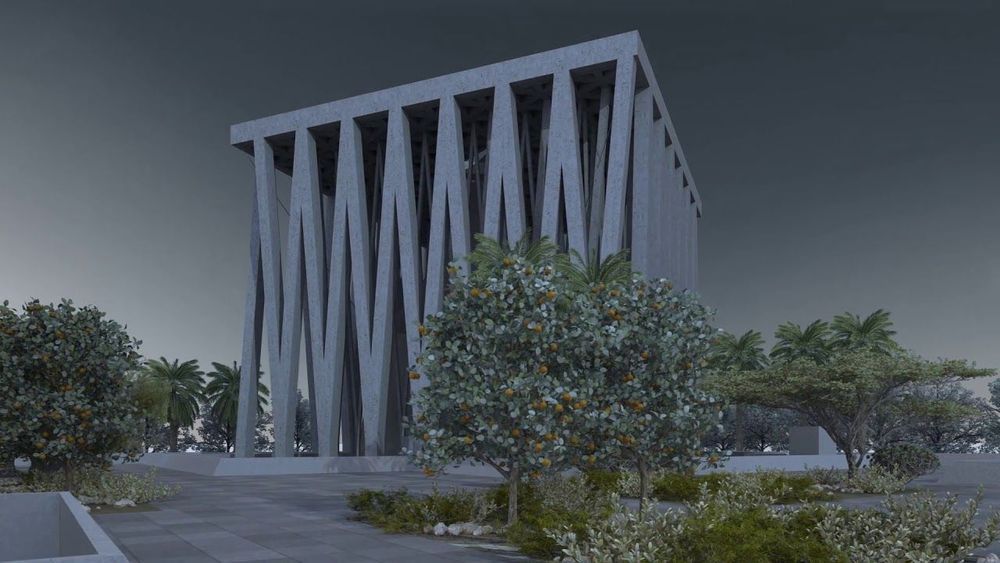
On September 20, the initial designs for the complex were presented at an event at the New York Public Library in midtown Manhattan. British firm Adjaye Associates won the contract to design the center, which will consist of three large buildings arranged around a central garden, under which will sit a museum and education center.
“We were led towards these powerful plutonic forms with a clear geometry, three cubes sitting on a plinth — though not aligned, they each have different orientations,” Sir David Adjaye told designboom. Each of the three buildings share a similar silhouette, but the facades have different architectural design and detailing, communicating the shared origins of the three religions, as well as their cultural and historical differences.
Adjaye, who also designed the Nobel Peace Centre in Oslo and the National Museum of African American History in D.C., says he saw the garden, “as a powerful metaphor, this safe space where community, connection and civility combine.”